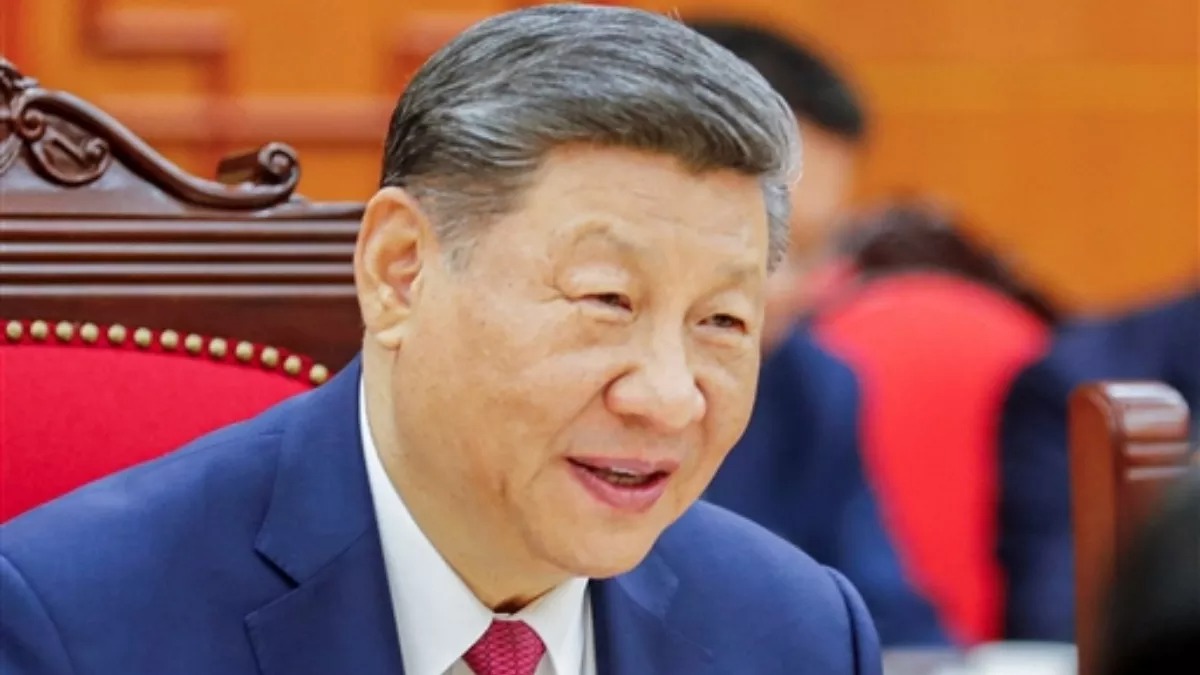
China has developed an advanced, high-quality industrial system that is able to withstand external risks. The manufacturing sector has registered rapid growth in the year 2024, with the total value reaching $ 4.49 trillion. This is 10.6 percent more than the same period in 2023. China's manufacturing sector accounts for about 39.0 percent of total GDP and 31.6 percent of global manufacturing. It is almost twice the global industrial output of the US.
Professor BR Deepak of JNU's China and South Asian Centre points out that as an exporting nation, China has a trade surplus of over $992 billion. China ranked 11th in the Global Innovation Index in 2024, which shows that it has been one of the fastest growing economies in the field of innovation in the last decade. Second, China has largely bridged its technological and military asymmetry with the US. For example, on 26 December 2024, China displayed two state-of-the-art sixth-generation stealth fighter jets, drawing global attention to its next-generation aerial warfare.
A blow to US tech
On January 27, 2025, Chinese AI startup DeepSeek dealt a blow to the US tech sector with its "low cost and open source" model, causing the market value of US tech companies to drop by nearly $1 trillion. Nvidia alone lost around $600 billion. China has also gained an edge in areas such as shipbuilding and robotics. Third, China has achieved global leadership in clean technology, which is an integral part of President Xi Jinping's vision of “high-quality development.” China is the largest producer of solar panels, wind turbines and lithium-ion batteries, accounting for approximately 80 per cent, 60 per cent and 60 per cent of global production capacity, respectively. The disruption of the existing global monetary/economic, political and geopolitical order has brought an opportunity for China.
Prices also fell in China
Foreign Ministry spokeswoman Mao Ning described it as a "clash of two visions". However, the disruptions in the economic, political and geopolitical order also apply to China, as the economy within China is also witnessing a trend of currency contraction (falling prices), and there is political and geopolitical pressure.
China is talking about building a 'community of shared future' globally and with its neighbouring countries, but the question is whether it will include countries like India and Japan in Asia's multipolar future? If China does so, it can protect itself from the impact of US tariffs.
Read More: America now bombs ISIS targets in Nigeria, Trump says – Merry Christmas
--Advertisement--

 Share
Share



